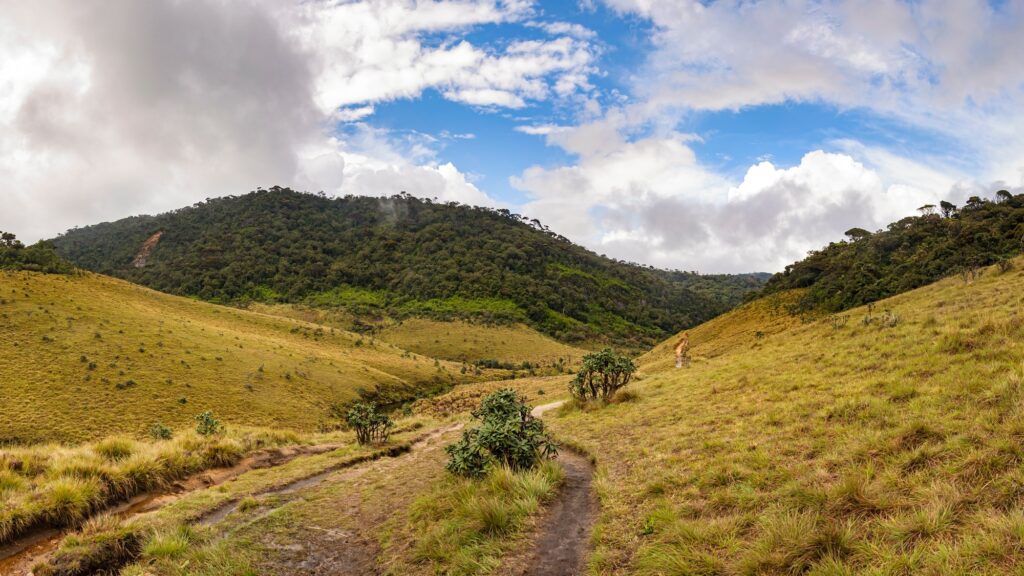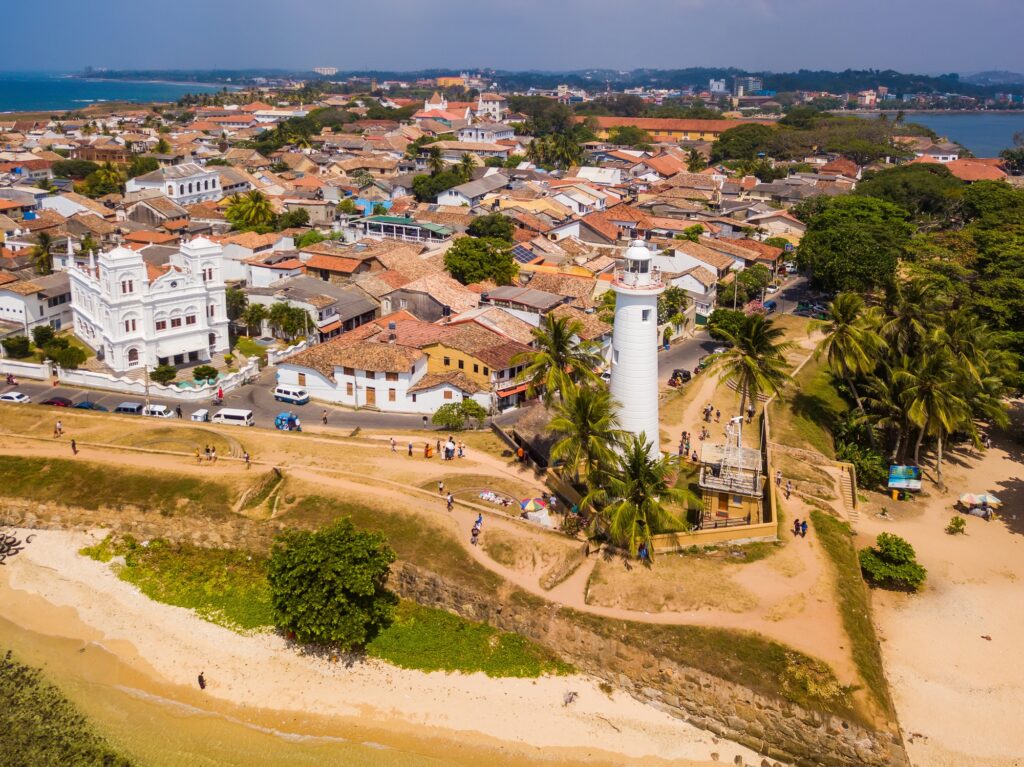The Sacred Heritage of Sri Dalada Maligawa
The Temple of the Tooth Relic, known as Sri Dalada Maligawa, stands as one of the most significant Buddhist temples in Sri Lanka, embodying a rich tapestry of history, culture, and spirituality. Nestled in the heart of Kandy, this UNESCO World Heritage site has attracted countless pilgrims and tourists alike, serving as a focal point for religious observance and cultural identity. The temple is revered for housing the sacred relic of the Buddha’s tooth, an emblem of spiritual authority and protection for the island’s Buddhist population.
The history of the tooth relic traces back to ancient India, where it was believed to have been rescued from the flames at Buddha’s cremation site. Over centuries, the relic traveled across regions, ultimately finding its home in Kandy, where it continues to play a pivotal role in the Buddhist faith. The temple has been a custodian of such sacred relics, often being a powerful symbol of kingship and governance in Sri Lanka. This connection is evident in the historical significance afforded to the temple by various monarchs, who regarded the relic as pivotal in legitimizing their rule.
In contemporary times, the Temple of the Tooth Relic is not merely an architectural marvel; it is an enduring symbol of national pride and unity. Throughout the year, local and international visitors indulge in various events and festivals, the most prominent being the Esala Perahera festival, which showcases a vibrant display of traditional cultural heritage. Such events highlight the temple’s centrality to religious practices while attracting those interested in the spiritual experience in Kandy. Whether one seeks solace or a deeper understanding of Buddhism, the Temple of the Tooth offers an inviting atmosphere that caters to diverse aspirations.
Historical Significance and Cultural Relevance
The Temple of the Tooth Relic, known as Sri Dalada Maligawa, holds a distinguished place in the history of Sri Lanka, particularly in the city of Kandy. Established in the 16th century, this sacred site emerged as a pivotal center for Buddhism, specifically after the arrival of the relic believed to be a tooth of the Buddha. According to legend, this relic was smuggled into the island during the reign of King Vimaladharmasuriya I, amidst continuous invasions and the subsequent need to protect Buddhist traditions. The tooth’s presence dictated the legitimacy and authority of successive rulers, as it was a symbol of sovereignty that unified the people under a shared religious belief.
Throughout the centuries, the temple has experienced numerous transformations, reflecting the socio-political landscapes of the time. During the colonial period, especially under British rule, the temple’s significance was heightened as it became a focal point for the nationalist movement, galvanizing resistance against imperial forces. Today, the Temple of the Tooth stands as one of the UNESCO World Heritage Sites in Kandy, attracting both pilgrims and tourists, who come to witness its religious and historical reverence.
Visitors to the Kandy Tooth Temple can engage in sacred rituals and immerse themselves in the spiritual experience that it offers. The intricate ceremonies performed here, such as the daily offerings and the grand Esala Perahera festival, reflect the rich tapestry of Sri Lankan Buddhist culture. These events not only preserve age-old traditions but also foster a sense of community among worshippers. For Buddhist devotees, the temple serves as a vital link to their faith as it embodies teachings of compassion, wisdom, and the sanctity of life. Given its historical context and cultural richness, a visit to the Temple of the Tooth Relic is certainly one of the essential things to do in Kandy, providing insights into the island’s heritage and Buddhist customs.
Architectural Marvel and Spiritual Atmosphere
The Temple of the Tooth Relic, locally known as Sri Dalada Maligawa, is not only a significant religious site but also an extraordinary example of architectural brilliance. Nestled within the heart of Kandy, this temple encompasses a harmonious blend of artistic craftsmanship and spiritual essence. As visitors approach the temple, they are greeted by the grandeur of its golden canopy, which elegantly covers the shrine that houses the sacred tooth relic, a revered object in Buddhist relic Sri Lanka. This shimmering roof is not merely decorative; it symbolizes enlightenment and creates an inviting aura for those seeking a spiritual experience in Kandy.
One of the unique features of the Kandy Tooth Temple is its surrounding moat, which adds both beauty and tranquility to the temple grounds. This serene body of water reflects the stunning architecture and provides a reflective space for visitors to contemplate the significance of their surroundings. As one strolls through the beautifully maintained gardens, adorned with vibrant flowers and lush greenery, it is easy to feel a sense of peace that transcends the bustling activity outside.
The intricate designs of the temple structure speak volumes about the Ancient Sinhalese craftsmanship. Exquisite carvings and detailed frescoes illustrate scenes from Buddhist teachings, while the use of traditional materials blends seamlessly with the natural environment. Each element of the temple, from its elaborately crafted wooden doors to its elegantly painted pillars, invites visitors to delve deeper into the temple’s history and significance within the broader context of Buddhist temples in Sri Lanka.
The architectural elements of the Temple of the Tooth Relic work synergistically to elevate the spiritual atmosphere, allowing visitors to absorb both the beauty and sacred significance of this UNESCO site in Kandy. The experience of exploring this architectural marvel is further enriched by the historical context and cultural practices, making it one of the most interesting things to do in Kandy.
Visitor Guidelines and Cultural Experiences
The Temple of the Tooth Relic, known as Sri Dalada Maligawa, is not just a significant religious site but also a central piece of Sri Lanka’s cultural heritage. To make the most of your visit, it is essential to understand the best times to experience this sacred site. Generally, the early morning or late afternoon are ideal for avoiding the largest crowds and enjoying a more peaceful atmosphere. This timing allows for greater reflection and appreciation of the spiritual ambiance that envelops the temple as the sun rises and sets.
Adhering to the temple’s dress code is crucial for all visitors. The guidelines emphasize modesty, requiring covered shoulders and knees. Such attire not only reflects respect for the temple and its religious significance but also enhances the spiritual experience in Kandy. Dressing appropriately allows visitors to enter the temple with a mindset centered on respect and reverence, which is essential when exploring such a sacred site.
When you enter the temple, be prepared to observe a set of etiquettes, such as speaking softly, removing shoes, and refraining from taking photographs in restricted areas. These practices contribute to the temple’s tranquil environment. The Kandy Tooth Temple displays daily rituals, known as Thewawa ceremonies, which are a must-see for any traveler wishing to engage deeply with the culture. If you happen to visit during the Esala Perahera festival, you will witness vibrant processions featuring traditional dancers, musicians, and beautifully adorned elephants, reflecting the rich cultural tapestry that surrounds this site.
Experiencing the Temple of the Tooth Relic offers a unique opportunity to connect with Sri Lanka’s Buddhist heritage and its spiritual significance. By respecting the cultural norms and participating in the rituals, visitors can truly enrich their journey and foster a deeper understanding of the profound religious tourism that thrives in Kandy.





